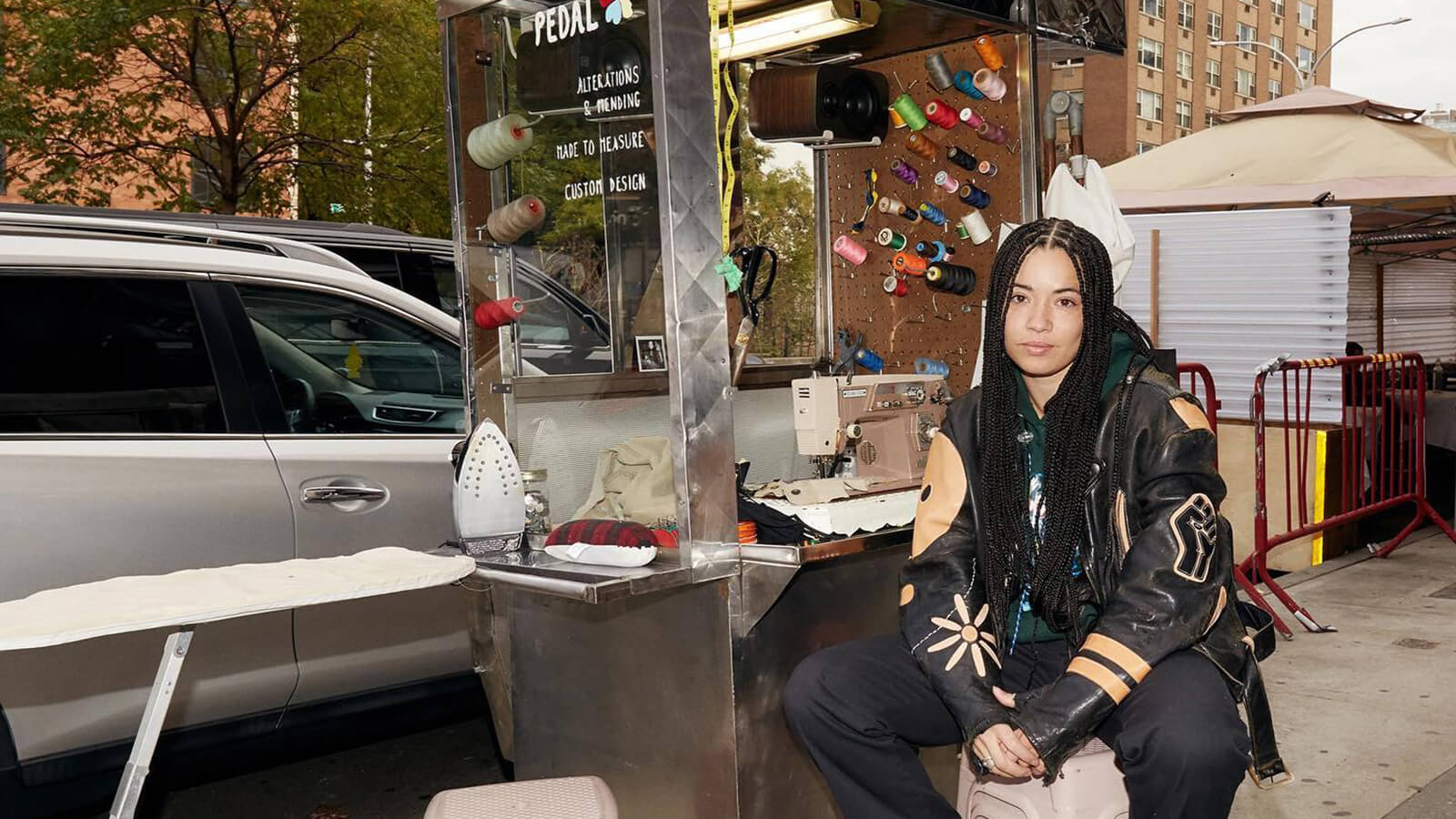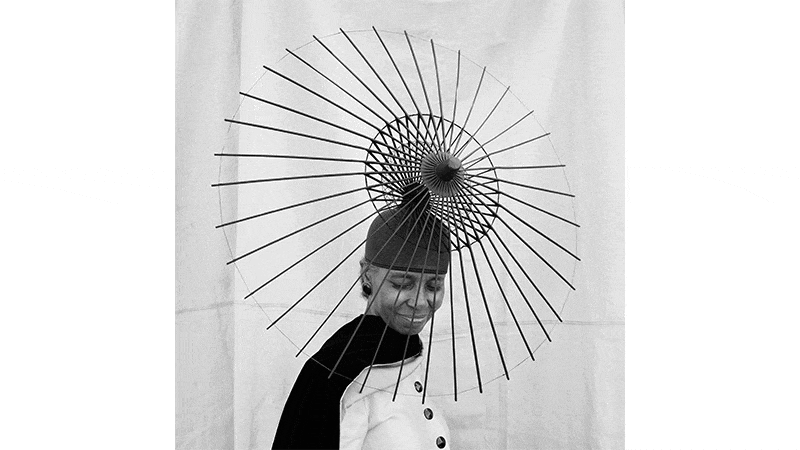Think Tailoring Isn’t For You? It Might Just Be The Key To Breathing New Life Into Your Old Clothes
Over the last decade, the impact of fast fashion has finally begun to sink into our collective psyche – with the approach of turning to pre-loved-first approach now mainstream. A survey by online thrift store ThredUp found that two in every five items in a Gen Z closet were secondhand, with the market set to reach $350 billion globally by 2028. But beyond retailers, there’s another beneficiary of these behavioural changes: the tailor.
Once seen as either too specialist or a bit old-fashioned, a new cohort of tailors are giving the needle and thread a digital overhaul. Tailoring tips are rife on TikTok, ranging from how to hem your own trousers to invisible stitching. One creator tapping into this new tailoring community is Josephine Philips. The London-based twentysomething launched Sojo, an app linking tailors to customers, in 2021. Orders were up 300% from 2022 to 2023 and Sojo is now partnering with retailers Selfridges and Marks & Spencer to provide tailoring services.
Philips says the app was inspired by her own experiences. “I loved shopping second hand and would find myself falling in love with incredible vintage pieces that weren’t my size,” she explains. “I’m part of a generation that has grown up with everything on demand… I set out to create a business that took away that inconvenience factor, to streamline the process.”
This is a gap that other creatives are filling, too – albeit not at the scale that Philips has masterminded. See Makayla Wray’s Pedal, a tailoring truck that is found on the streets of New York’s SoHo “every Wednesday if the weather is nice”, as the Instagram bio reads. Wray says Pedal can solve a problem that has been on your to-do list for weeks: “I get lots of emergency repairs. The majority of people in New York work nine to five, and by the time they get to a tailor shop, it might be closed, so they’re probably walking around with buttons missing and holes they never have the time to fix.”
While Wray does fix these items if that is what their wearer wants (and it is possible), she is also open to doing something a little more creative – such as visible mending, or making a feature out of a rip or tear we might have previously wanted to cover up. “You can beautify out these little mistakes,” she says. “I often [tell customers] we could make it into something different, if that is something that they’re interested in.”
Meanwhile, UK-based high street brand Toast has had menders in six of its stores since 2021. Madeleine Mitchell, Toast’s social conscience manager, says visible mending is a big part of this. “36% of our repairs are visible,” she says. “Not only is there a celebration of the technique, [but] it’s also a celebration of that person’s movements and the life that they’ve lived in their garments.”
For Philips, the growth of tailoring has another added benefit: “More people [are starting] to pay better attention to how items fit. We are all different heights, [we] have different leg lengths, hip to waist ratios etc. Once you realise that, a small tweak can make such a difference to how you look and feel in a garment. There isn’t really any turning back.”
Josephine Philips’ 4 Tailor-Approved Tips To Get The Most Out Of Your Alterations
- An Example Of Fit Is Helpful – “If you have a similar garment that fits you perfectly, send it in with the item that you want to get altered.”
- Consider What You Wear Trousers With – “If you like heels then you might want the hem to be a little longer, or if you want your socks to peek out, then you’d go a bit shorter.”
- Use Tailoring As A Way To Avoid Buying Twice – “With lower-price items, the quality is reflected in the price. A high-quality repair can add reinforcement, meaning the repaired item might outlive a new purchase.”
- Don’t Feel You Have To Get Crafty – “I love people teaching themselves repairs at home, but [most of us] will unlikely make the time to do this at the same level as a tailor. I’d say it’s best to leave it to the experts.”
Lauren Cochrane is senior fashion writer at The Guardian and author of The Ten




